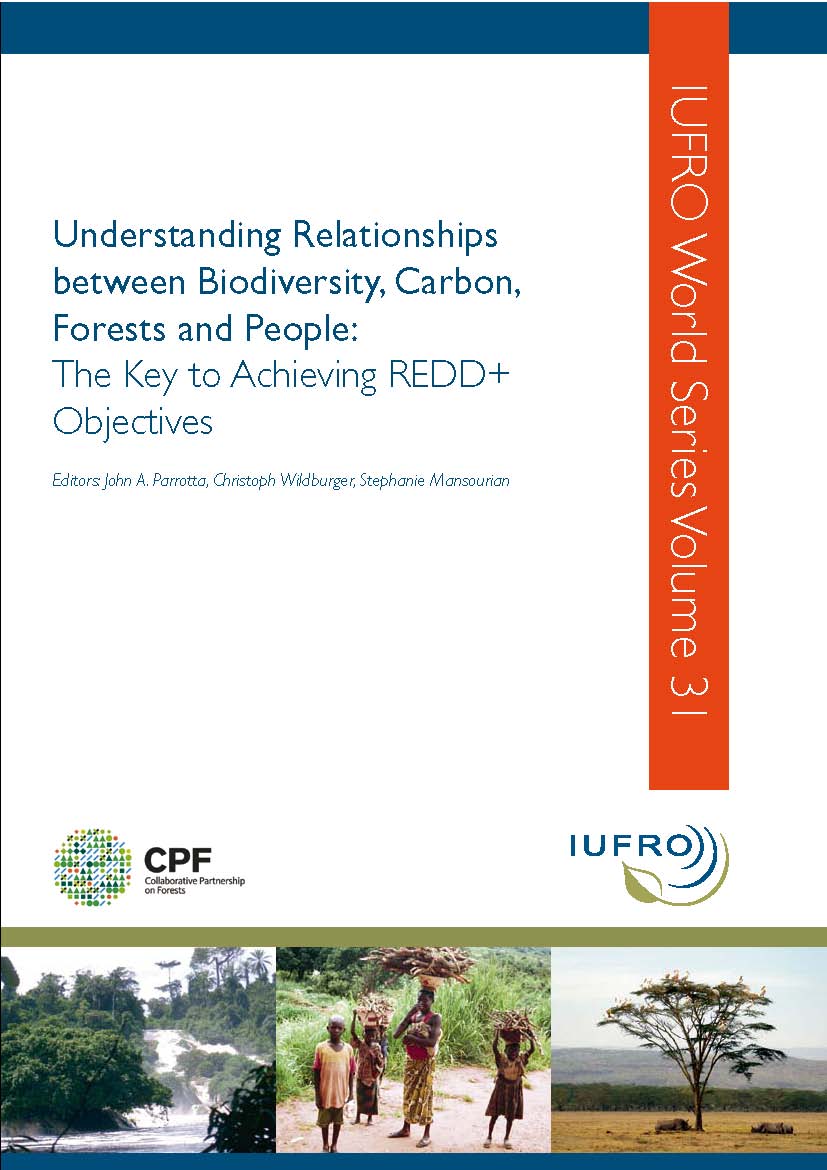Despite considerable interest in agroforestry systems, efforts to adopt these systems may be premature because it is unclear whether viable intercropping systems can be developed for environments where competition for limited resources, such as water, may be severe. Greater use of resources may occur in a mixed system compared to a monoculture, however, if the component species differ in root architecture. To investigate water use in a hedge-intercrop system, water uptake at different soil depths in a hedge (Senna spectabilis)-annual (cowpea followed by maize) intercrop was measured and compared to uptake in monocultures and in soils where rooting depth was restricted by polyethylene mesh at 0.3 m depth. Hedge shoot pruning was an added experimental factor. Recharge of soil water below 0.45 m occurred only once during the cowpea season and once during the maize season. Annual crops in monoculture took up water at similar rates and depths as the multistem hedge monoculture and the intercropped systems. There was no evidence that root density restricted water uptake in the surface 0.45 m in any of the treatments and there was no increase in uptake below 0.45 m in intercropped treatments compared to monocrops. The yield of the annual crop intercropped with the hedge was less than half of the monoculture annual crop yield except where severe pruning delayed canopy development and hence water uptake by the hedge. Results indicate there may be little opportunity for increasing water uptake in hedge-intercrop systems in semi-arid environments.
DOI:
https://doi.org/10.1016/S0378-4290(96)01062-3
Puntuación Altmetric:
Dimensiones Recuento de citas:
01062-3&apiKey=3948bb216041dbffcb29a618defafc29&httpAccept=image%2Fjpeg)
Año de publicación
1997
Autores
McIntyre B D; Riha S J; Ong C K
Idioma
English
Palabras clave
agroforestry, agrosilvicultural systems, alley cropping, biological competition, hedges, intercropping, pruning, rooting, water uptake

















